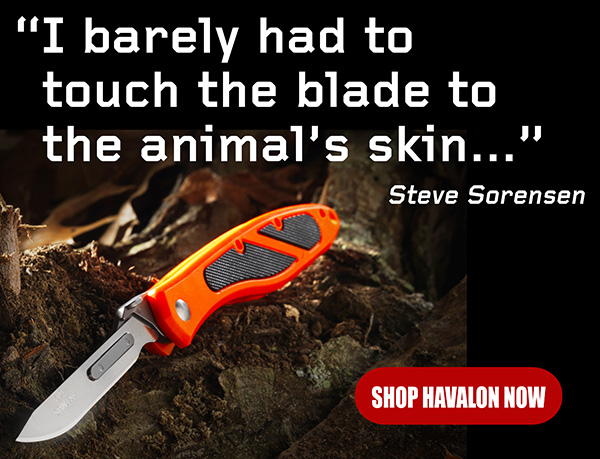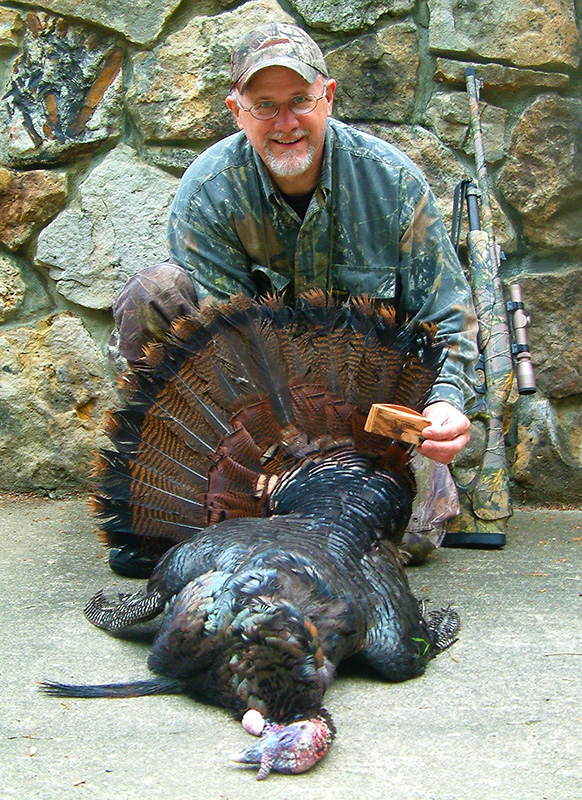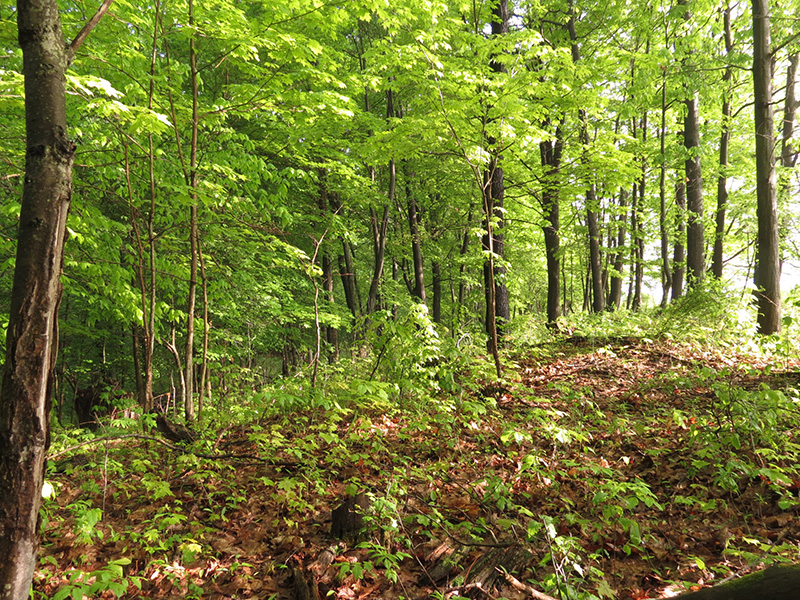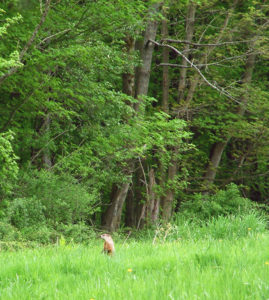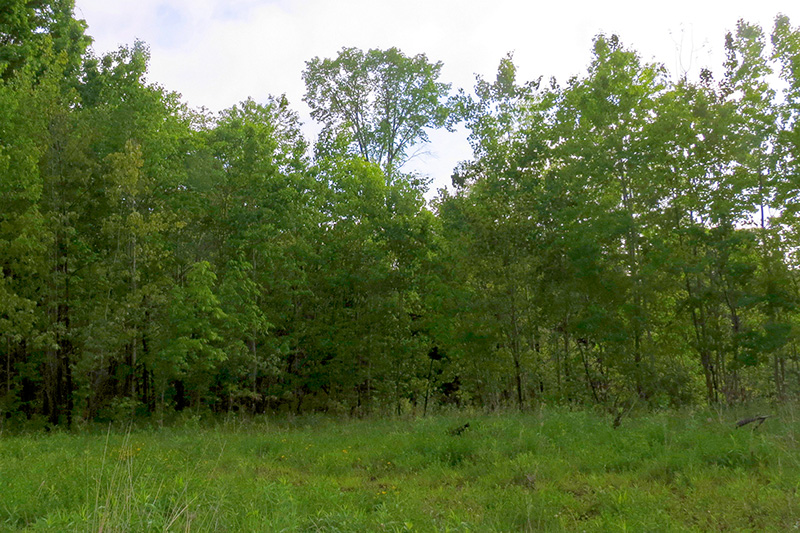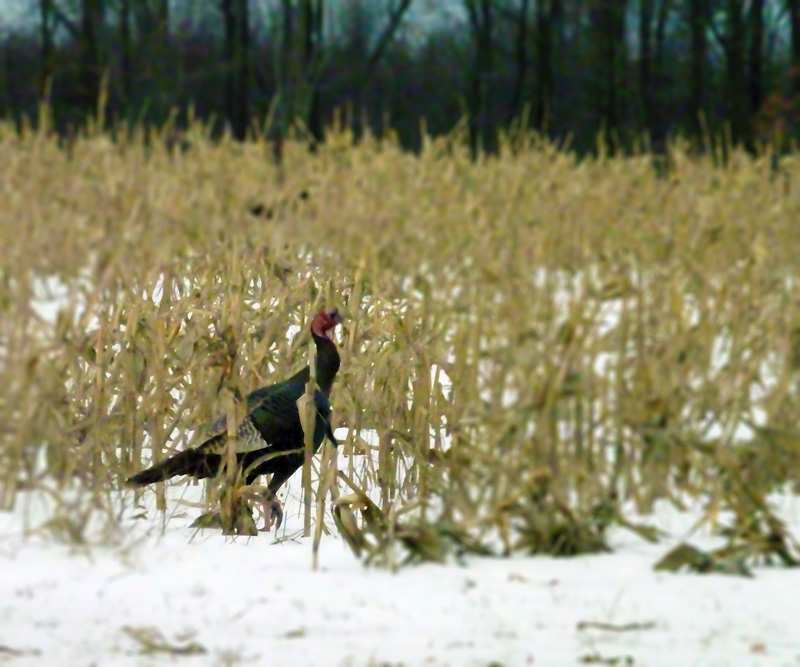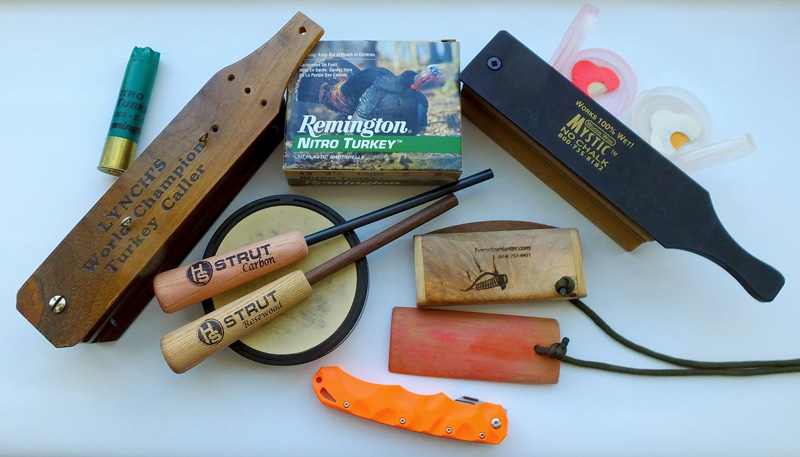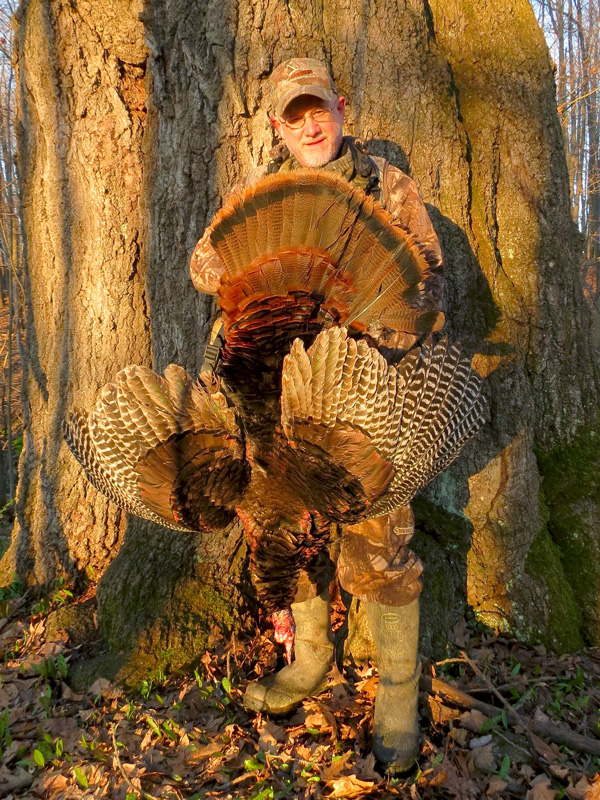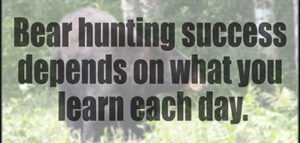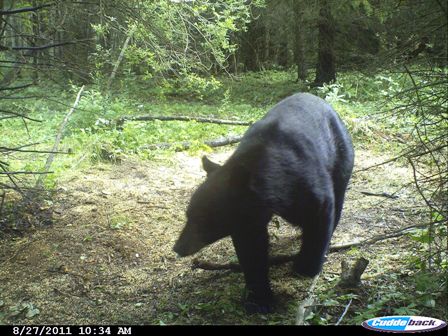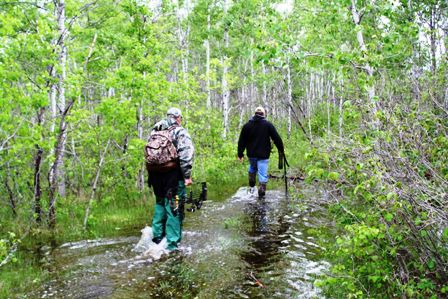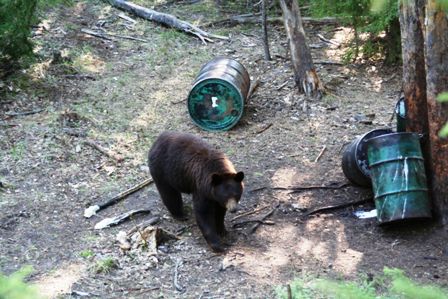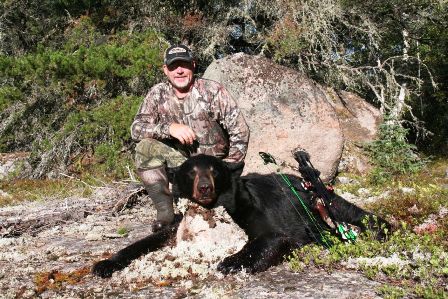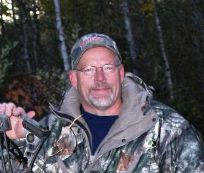By Tracy Breen
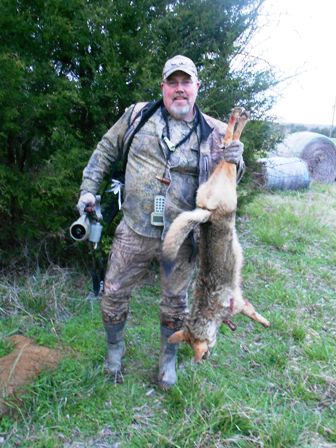
Al Morris of Fox Pro Game Calls is one of the best coyote hunters in the country today, and one of the
best sources of advice.
Hunters hate coyotes. Coyotes are blamed for everything. If we don’t see deer in the fall, it must be because of coyotes. If turkey numbers are down, coyotes are at fault. If a group of buddies is complaining about how good grouse hunting used to be compared to now, by the end of the conversation coyotes are often blamed. Animosity toward wily coyote runs so deep among hunters that if the barn cat comes up missing, we blame the coyote – and often we’re right.
Many hunters hate coyotes because they regularly outsmart us. Coyote are canines and, like your dog, they’re quick learners. As a result, they often die of old age instead of our preferred method of death: lead poisoning. If you hate the coyote or want to help other animal species, now is a great time to try hunting yodel dogs.
A lot has been learned about the coyote during the last decade and hunters can enter the woods armed with that knowledge. Al Morris, for example, knows a few things about coyote hunting. Morris works for Fox Pro Game Calls (www.gofoxpro.com) and has spent his entire adult life chasing coyotes. He has won more coyote hunting titles than almost anyone and knows how to hunt and talk coyote.
Morris says one of the first things new hunters must realize about coyotes is they are extremely intelligent. “You can’t make a mistake when coyote hunting. If you make a mistake, it often costs you that coyote. Chances are good that you won’t call that coyote in again,” Morris said. Like a domesticated dog, coyotes learn when to come and when to run. If you beat a dog every day, it quickly learns not to come near you. If you call in a coyote and give it a bad experience because it smelled you, saw you, or got shot at, it won’t come to a call the next time.
1. Hunt the Wind
Morris says one of the most important things to remember is that coyotes have an amazing sense of smell. “If a coyote winds you, it is over; you will not get a second chance,” Morris explained. “Hunt the wind the same way you would a whitetail. Spray down in a scent eliminating spray and regularly check the wind when hunting.
2. Understand Their Language
Next, learn the vocalizations of the coyote so you know when to say what to them. With all the electronic calls available today, mastering calls is easier than ever.
3. Have Several Hunting Areas
Don’t over-hunt your areas. “As with any style of hunting, the more you scout, the better chance you have of taking home an animal,” Morris says. “Out west where I live, many hunters hunt from the same mountain top week after week. As a result, the coyotes quickly become educated and avoid those areas. Regardless of where you live, you need to be aware of several locations where coyotes live.”
4. Hunt the Thick Stuff
Learn to hunt the brush and hard-to-get to areas. “Everyone loves hunting in open terrain where they can see a coyote coming a half mile away. Lots of coyotes live in the thick brush where few hunters go and where food is plentiful.” Morris continued, “Rabbits, mice, deer and a variety of animals live in the brush and in hard-to-get-to areas. Hunting these areas can pay off because they never get hunted so the coyotes aren’t educated.”
5. Hunt the Right Time of Year
Often the best time to hunt coyotes is in the late winter or early spring when they are hungry and need food for themselves and their newborn pups. Calling during this time of year produces better results than hunting during the fall and early winter when food is plentiful.
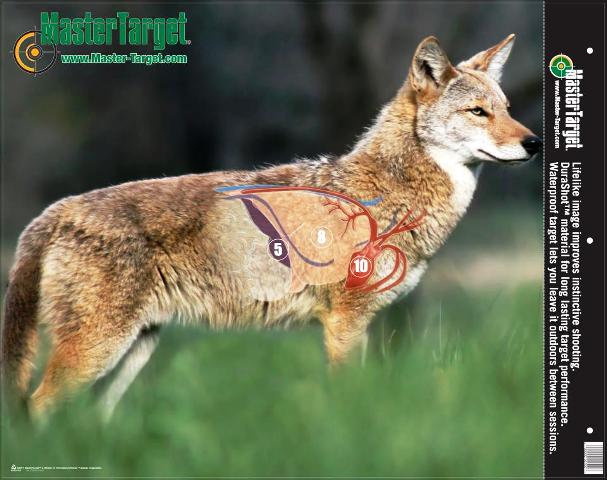
Knowing the anatomy of the coyote can also help you put more fur in the freezer. Master Target
(www.master-target.com) makes great lifelike durable targets for both bow and gun hunters.
Call and scout during the night. Coyotes are very vocal at night. This is a great time to figure out where they live. Once you know where they live, you can go back at daybreak armed with your favorite boom stick.
7. Use a Shotgun
Don’t worry about owning a long range rifle. Morris kills many yodel dogs up close and personal. “I love hunting coyotes with a shotgun in the brush. I call them into my lap and lay them out. In the thick brush, they must come in close to investigate a call so they are often within shotgun range,” Morris noted.
8. Gain Access
Knock on doors. Since everyone hates coyotes, gaining permission to hunt on a farmers’ land isn’t very difficult, especially in the middle of winter when most people hunt them. Your chance for success increases every time a farmer says yes.
Coyotes are one of the smartest animals we hunt, but by working hard, scouting often and having a little luck, you’ll probably find yourself at the local fur auction at the end of season.
For more articles on Coyote Hunting, click here.
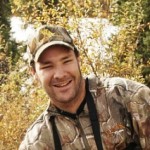 Tracy Breen is a full-time outdoor writer and consultant in the outdoor industry. He works with a variety of outdoor brands and television shows including Havalon Knives. Learn more at www.tracybreen.com.
Tracy Breen is a full-time outdoor writer and consultant in the outdoor industry. He works with a variety of outdoor brands and television shows including Havalon Knives. Learn more at www.tracybreen.com.
Click here to read Cody’s full review…
12,810 total views, 1 views today




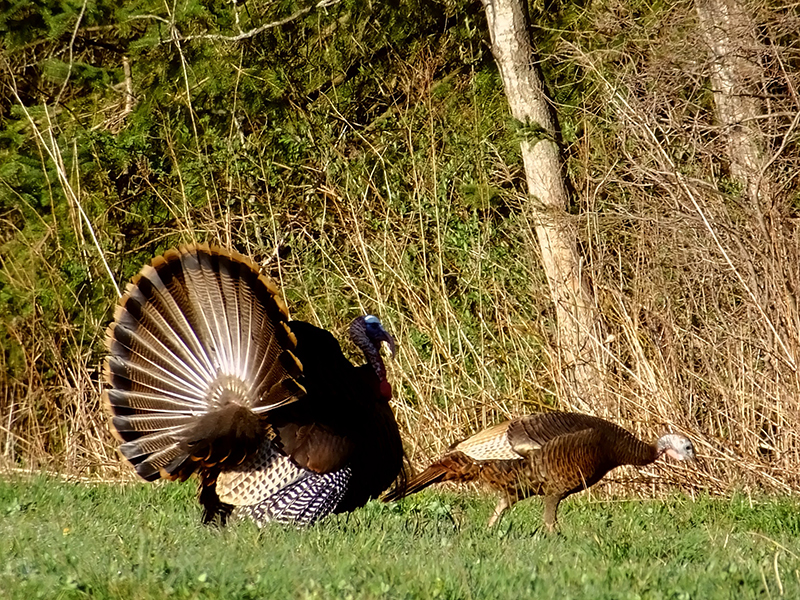


 Steve Sorensen is the author of
Steve Sorensen is the author of 